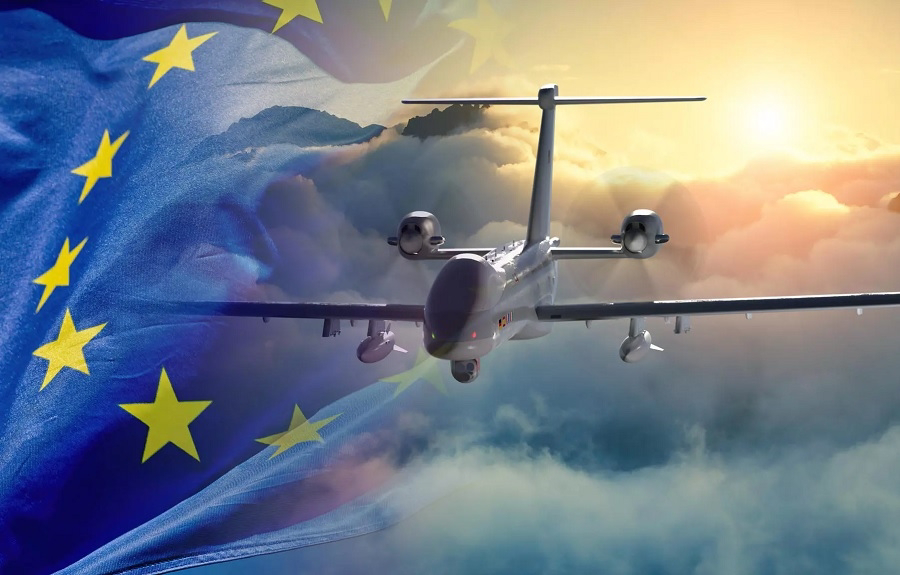Sunday, 19 January 2025
THE COLD WAR AND THE FOUNDATIONS OF PAN EUROPEAN SECURITY
Saturday, 18 January 2025
EUROPEAN SECURITY AND DEFENCE
Wednesday, 15 January 2025
UKRAINE UPDATE JAN 2025
THE PERILS OF ESCALATION WITH RUSSIA
Saturday, 28 December 2024
CHIANG MAI IS A RECTANGULAR CITY - HOW DID THE ANCIENTS POSITION THE CITY WALLS
Wednesday, 25 December 2024
EMOTIONAL INTELLIGENCE BY DANIEL GOLEMAN book summary
Summary of key themes and insights from Emotional Intelligence by Daniel Goleman:
1. Definition of Emotional Intelligence
Goleman popularises the concept of emotional intelligence (EI), which he defines as the ability to:
- Recognise, understand, and manage our own emotions.
- Recognise, understand, and influence the emotions of others.
Emotional intelligence is presented as a distinct form of intelligence that differs from traditional measures of IQ (cognitive intelligence).
2. Components of Emotional Intelligence
Goleman identifies five core components of EI, grouped as follows:
Self-Awareness
- Recognising one’s emotions and their impact.
- Accurate self-assessment of strengths and weaknesses.
- Developing self-confidence based on an honest perception of abilities.
Self-Regulation (or Self-Management)
- Managing or redirecting disruptive impulses and moods.
- Thinking before acting.
- Maintaining trustworthiness, integrity, and an openness to change.
Motivation
- Having the drive to pursue goals with energy and persistence.
- Remaining optimistic even in the face of setbacks.
- Developing a passion for internal reasons (e.g., personal growth) rather than external rewards.
Empathy
- Understanding others’ feelings and perspectives.
- Anticipating and meeting others’ needs.
- Cultivating compassion, tolerance, and open communication.
Social Skills
- Building strong relationships, rapport, and networks.
- Managing conflict, finding common ground, and fostering cooperation.
- Communicating clearly, leading effectively, and creating positive influence.
3. The Importance of EI Over IQ
A core argument in the book is that traditional IQ accounts for only a limited portion of an individual’s success and personal well-being. Emotional intelligence, Goleman contends, can be a better predictor of:
- Relationship quality
- Leadership ability
- Adaptability
- Overall success in life and work
He illustrates how high cognitive intelligence (IQ) does not guarantee good emotional or social outcomes, whereas strong EI skills often correlate with more fulfilling interpersonal relationships and personal achievements.
4. Effects in Childhood and Adolescence
Goleman dedicates significant attention to how emotional intelligence begins to form early in life and how:
- Parenting styles and supportive environments can nurture emotional competencies.
- Academic settings can integrate emotional literacy into curricula to help children develop self-awareness, self-regulation, and empathy.
- Early EI development predicts future success in relationships and careers as it underpins social and emotional well-being.
5. The Brain and Emotions
The book explores neuroscientific underpinnings, detailing how:
- The amygdala triggers emotional responses, sometimes hijacking rational thinking in high-stress situations (“amygdala hijack”).
- Prefrontal cortex helps regulate impulses and mediate emotional responses.
- EI involves enhancing neural pathways that allow us to pause, reflect, and respond more thoughtfully to emotional stimuli.
6. EI in the Workplace
Goleman highlights how emotional intelligence manifests in professional settings:
- Leadership effectiveness is strongly tied to EI competencies (empathy, communication, conflict resolution).
- Productive teams often rely on high emotional intelligence among members—those who manage their emotions and collaborate empathetically.
- EI can be developed through coaching, feedback, and intentional practice, making it a skill set that grows over time.
7. Improving Emotional Intelligence
Crucially, Goleman maintains that emotional intelligence is malleable, providing guidelines such as:
- Self-awareness exercises: journaling moods, reflecting on reactions.
- Self-regulation techniques: mindfulness, stress management, and relaxation strategies.
- Empathy training: active listening, perspective-taking, and open-ended questioning.
- Social skill practice: constructive feedback, conflict-resolution workshops, and leadership training.
8. Lasting Impact
Upon its release, Emotional Intelligence profoundly influenced:
- Personal development programs: Many schools and workplaces incorporated EI training into curricula.
- Leadership models: Increasing focus on empathy, collaboration, and relationship management.
- Ongoing psychological research: Sparked deeper investigations into non-cognitive skills and well-being.















